SET OF SIX REGENCY ROSEWOOD CHAIRS BY GILLOWS - REF No. 8029
Product Details
H: 33 3/4 in / 86 cm ; W: 16 1/4 in / 41 cm ; D: 14 1/4 in / 36 cm
Seat Height: 18 in / 46 cm
A very fine set of 6 Regency dining chairs attributed to Gillows of Lancaster and London, having a quality figured top rail with a reeded edge and carved top supported by shaped reeded supports over foliate scrolled splats, drop-in seats with luxury velvet fabric upholstery standing on reeded tapering legs to the front and out swept back legs.
Circa 1820
English
Artists Biography:
The Gillow family of cabinet makers and upholsters came to prominence with Richard Gillow (1733 – 1811), the son of Robert Gillow, founder of the firm. Gillow’s reputation as one of the leading British cabinet making firms of the 18th and 19th centuries was established by contributions from some ten members of the family over three generations.
During the 18th century, the Gillow firm established a reputation for producing the highest quality furniture, made by competent workmen from the best woods, in elegant but practical styles. These sometimes incorporated ingenious devices. Gillows produced good, solid well- made furniture and were the only 18th century cabinet makers to establish and maintain a branch in both London (opened 1770) and the provinces. The Gillow Archives (now in the City of Westminster Archives Centre) comprise mainly the business records of the Lancaster branch from about 1728 to 1932 and include estimate sketches and memorandum books from 1759 to 1905.
They are the longest and largest cabinet maker’s records to have survived in the world.
The social status of members of the Gillow family changed as their wealth and influence increased, progressing from successful artisan craftsmen in the 1740’s to established members of the squirearchy by the early 19th century.
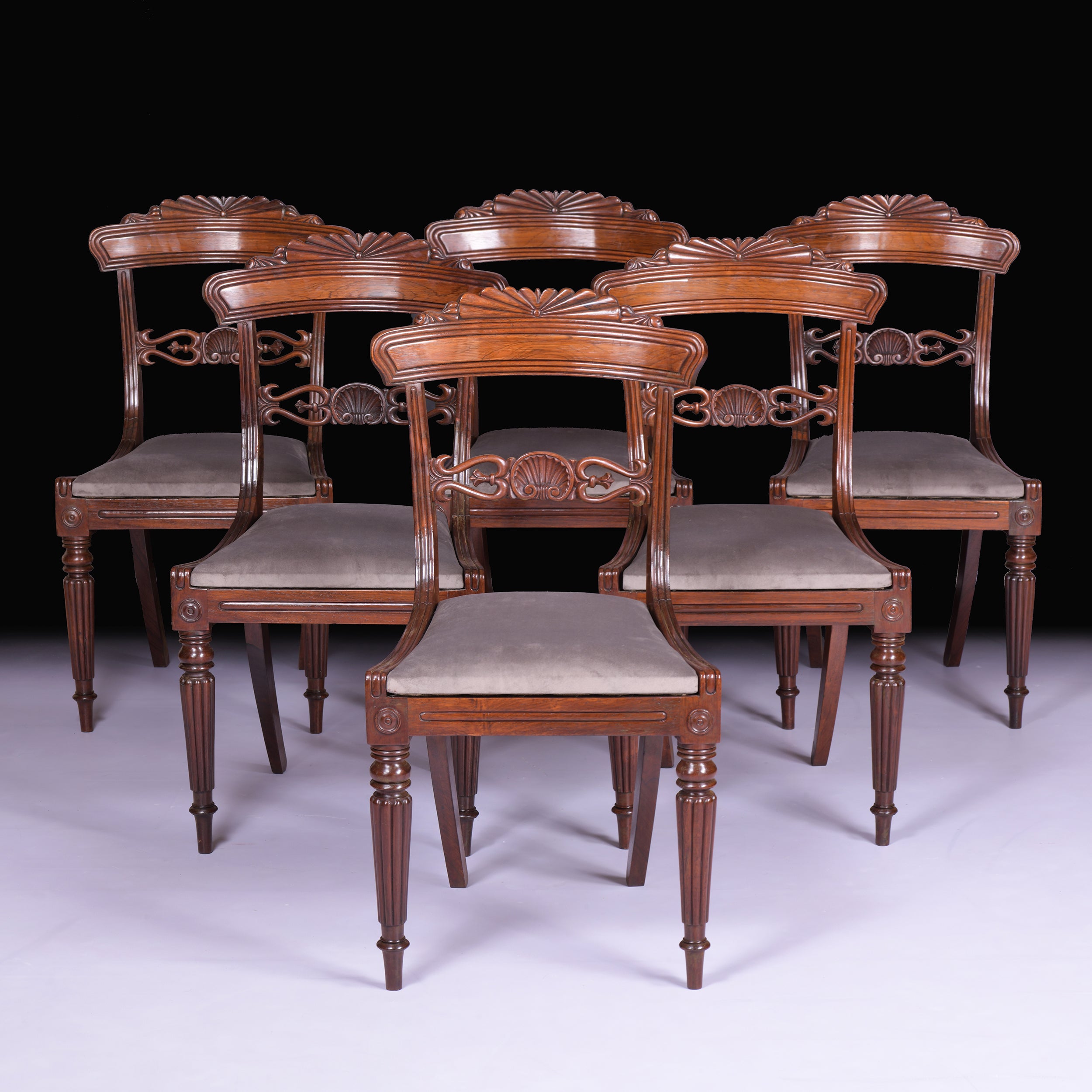
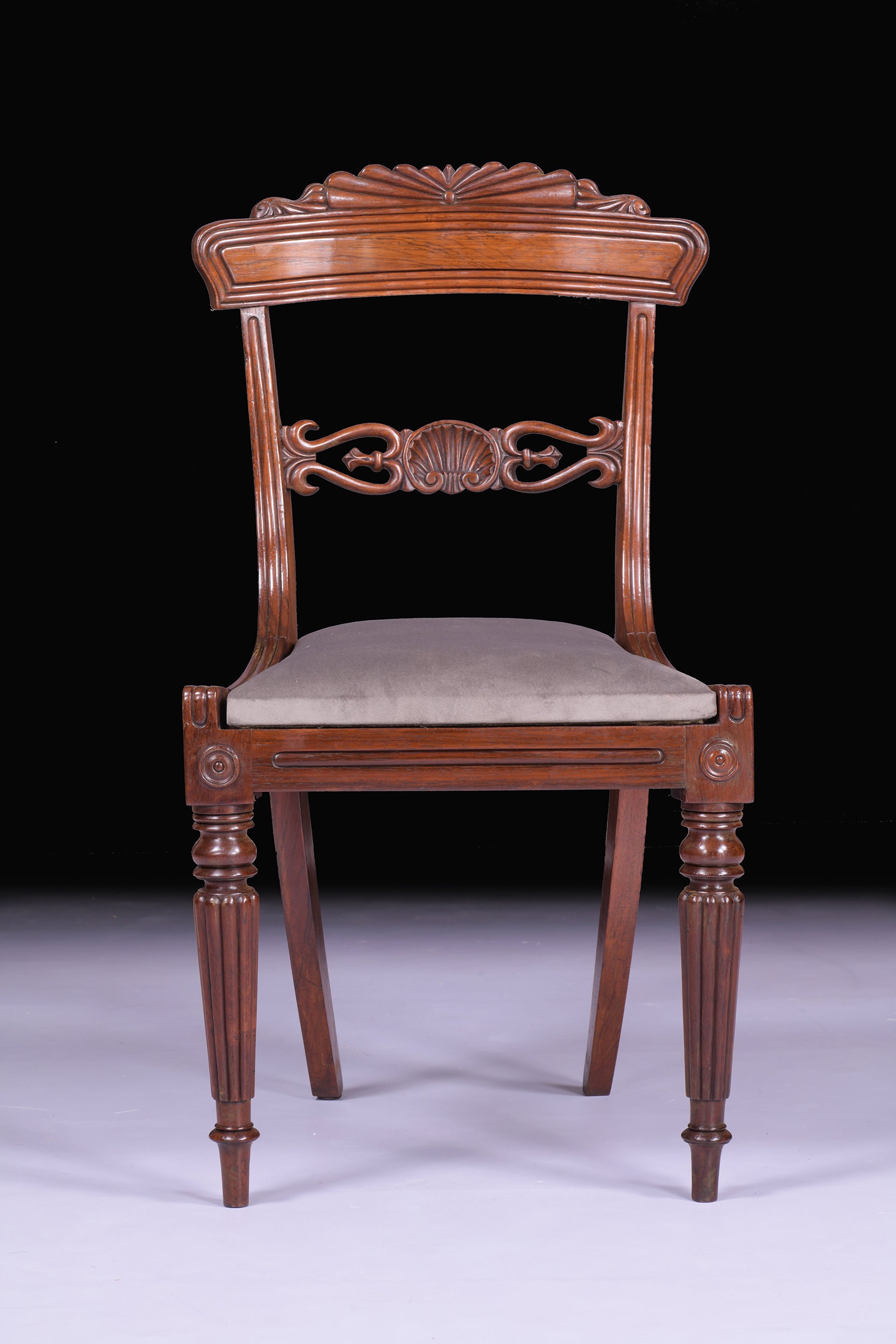
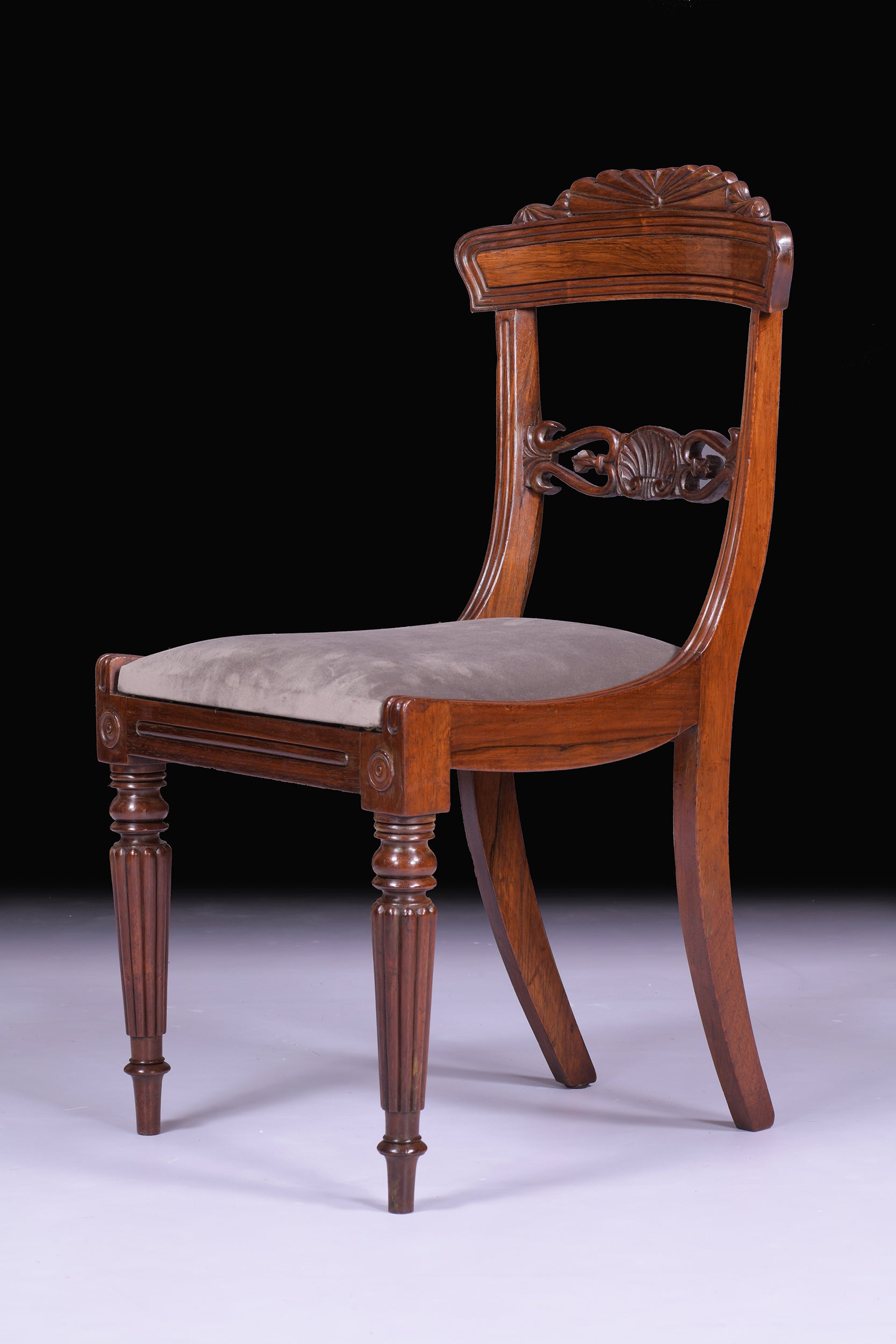
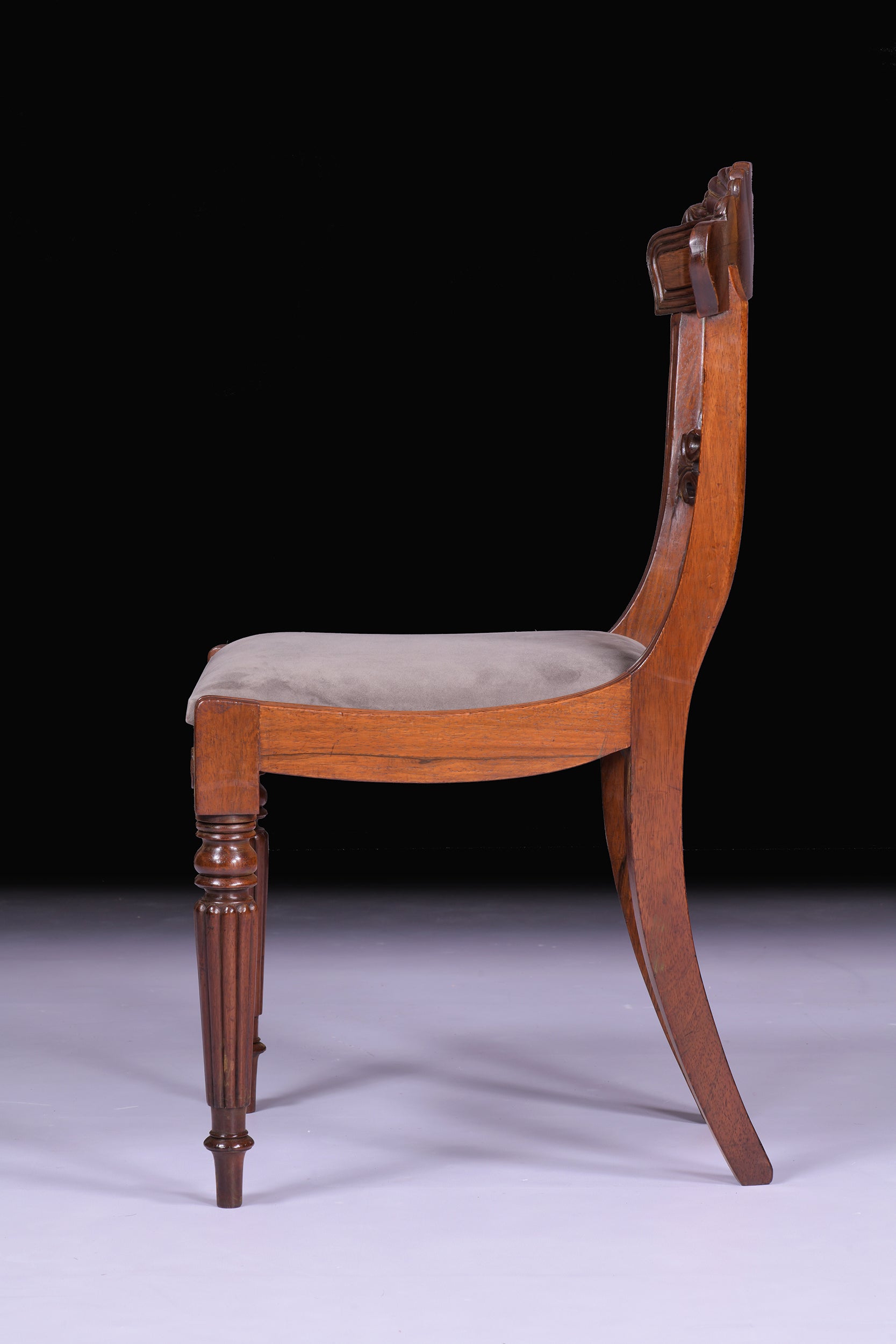
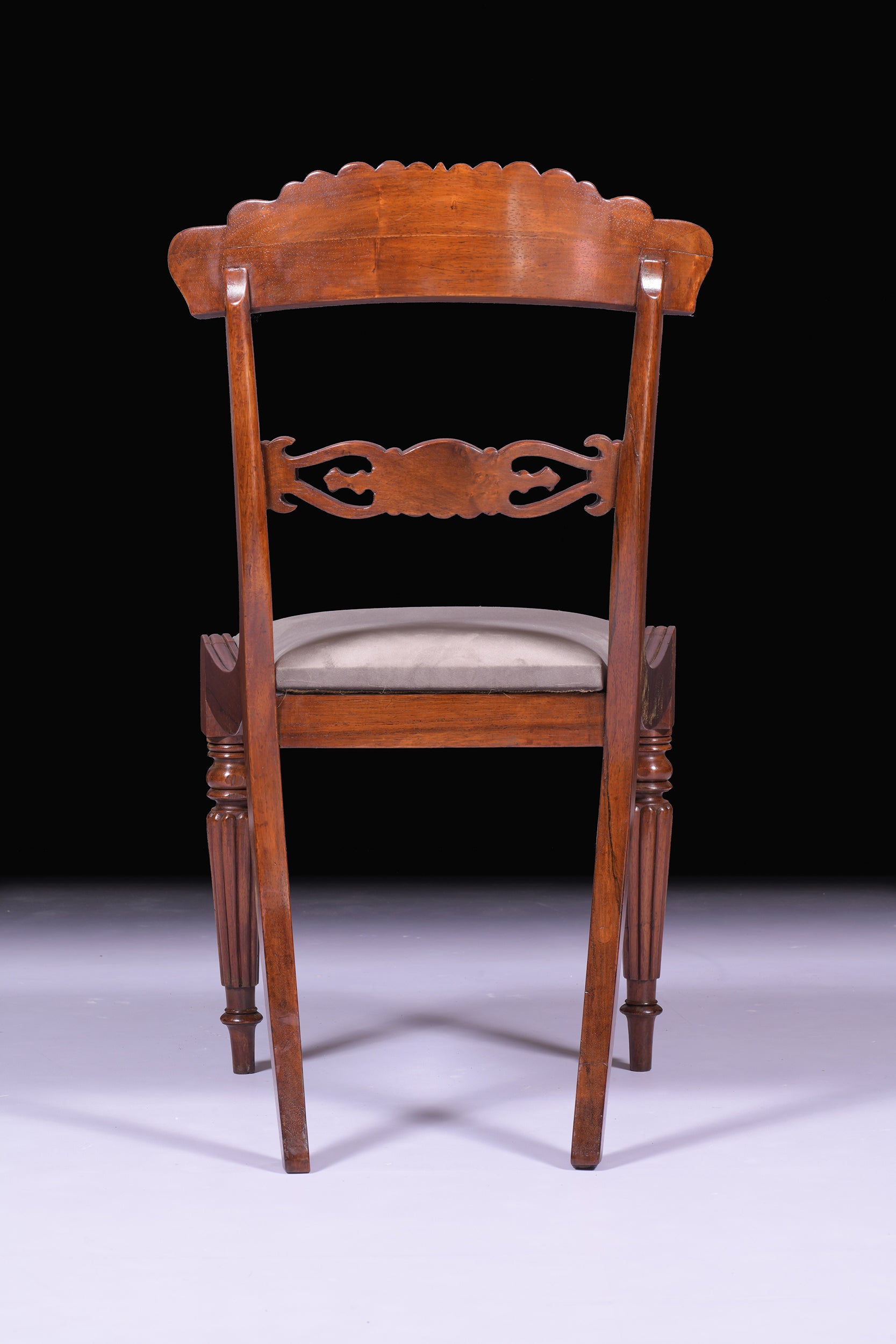
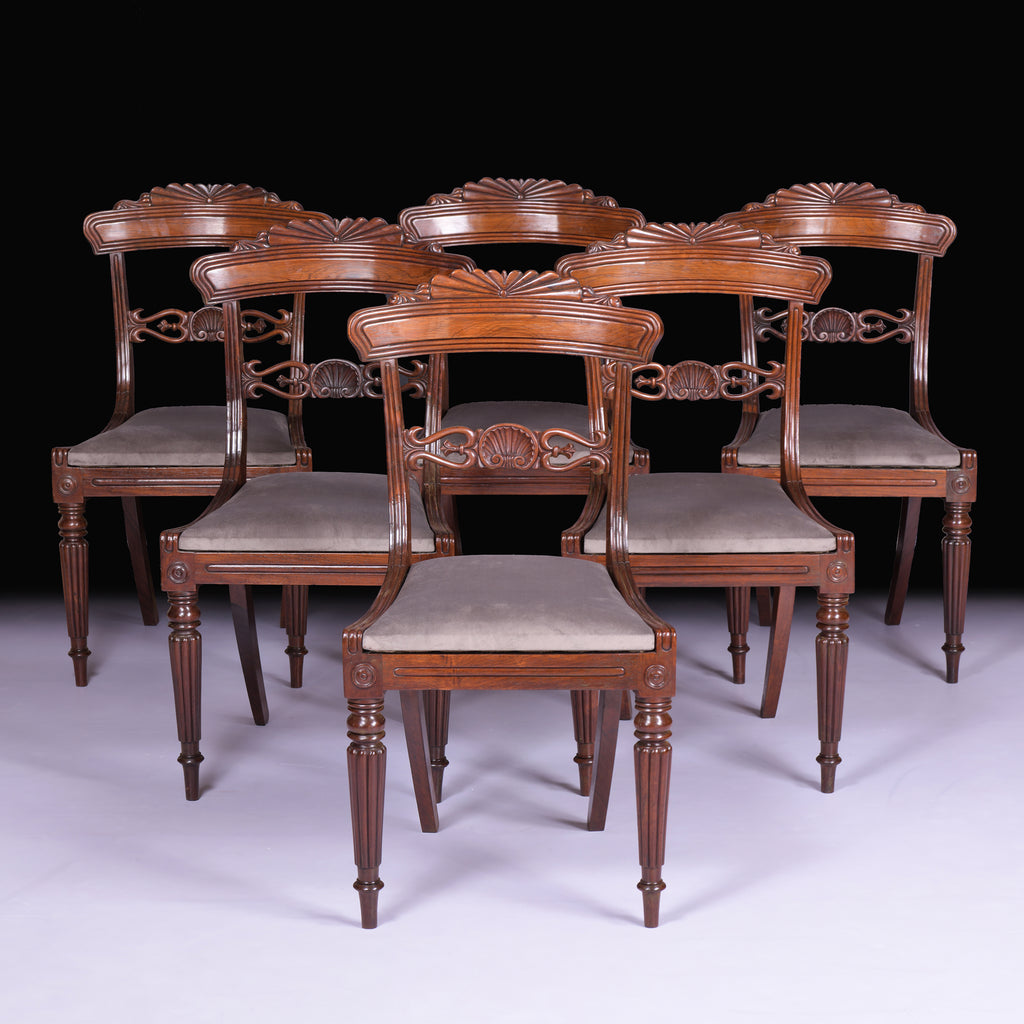
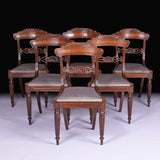
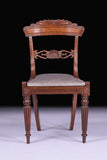
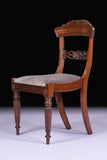




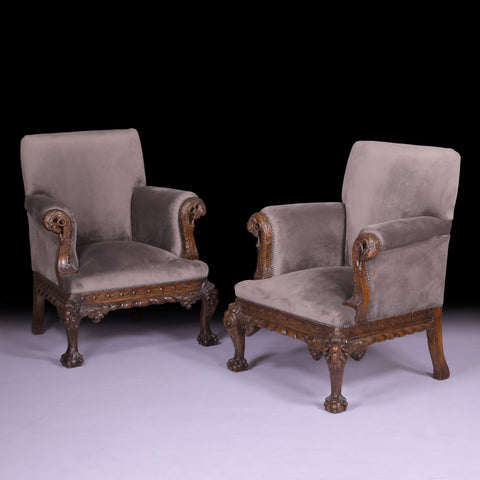
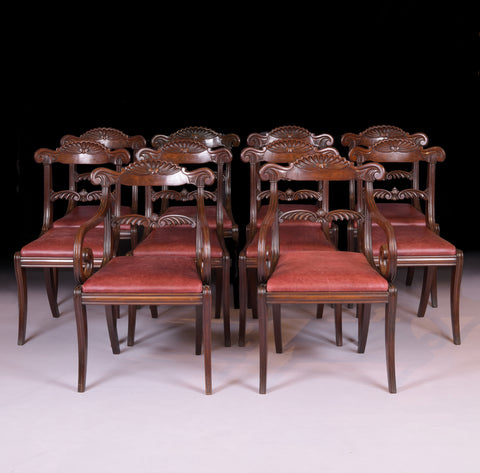
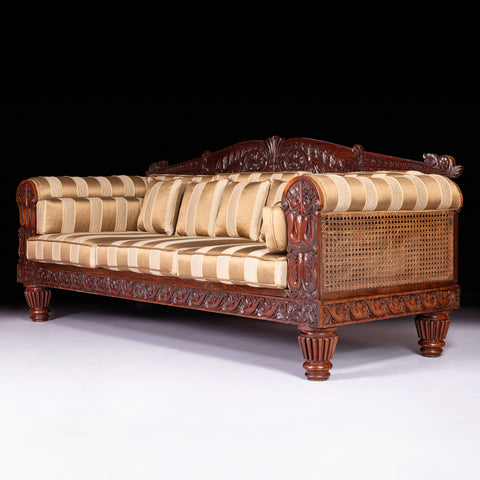

Connect